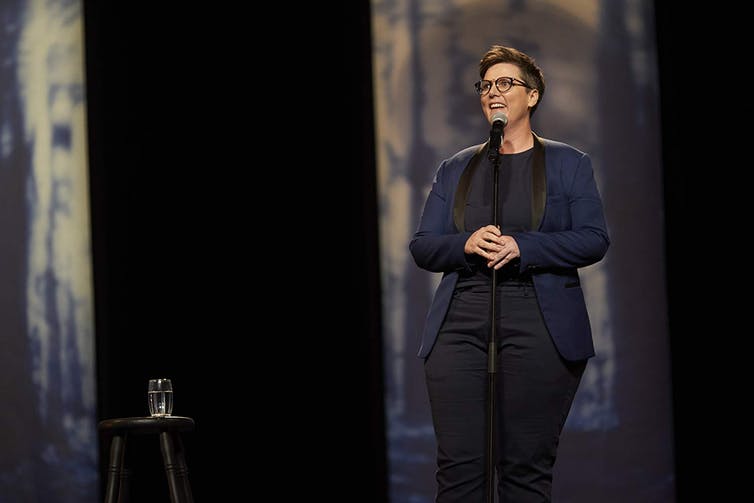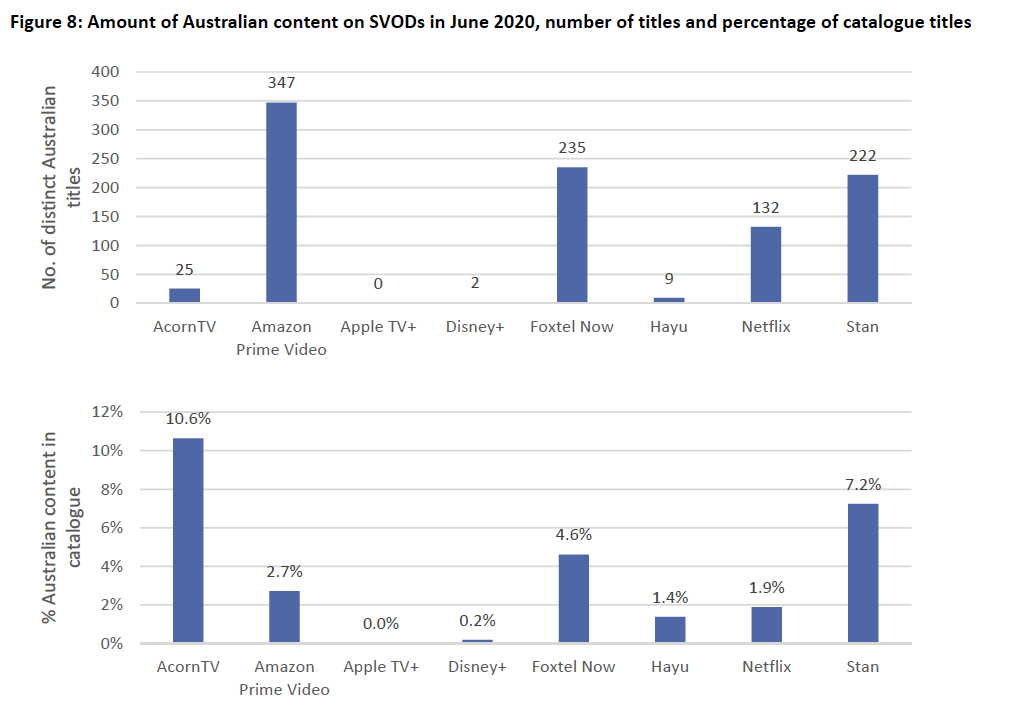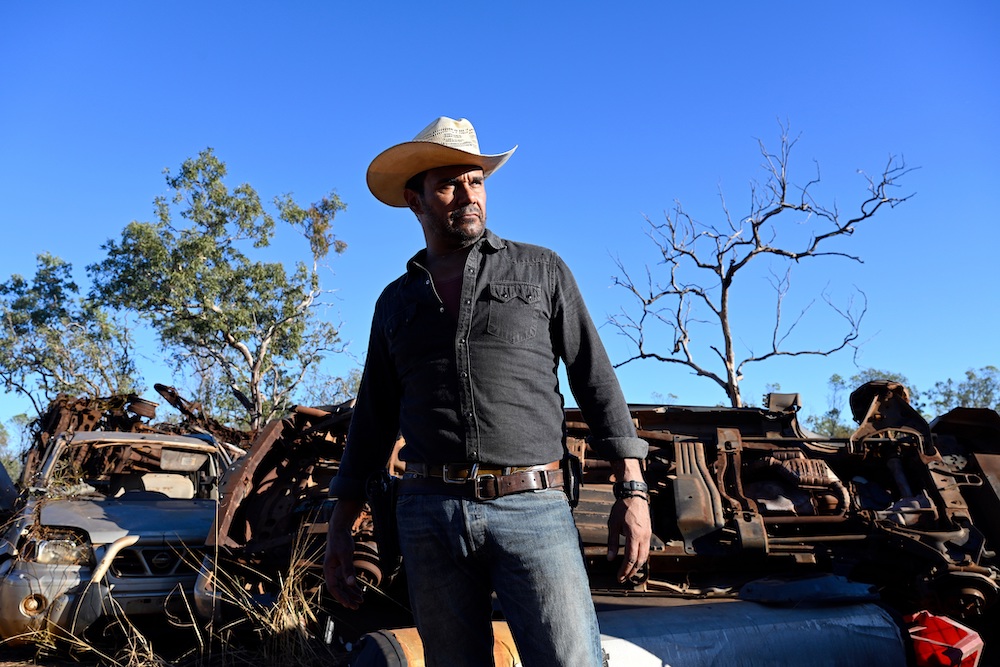The streaming giants would be forced to spend on Australian content, the commercial broadcasters offered a new licence system, and the role of the ABC and SBS in producing local programming formalised, if policies outlined in a new green paper from the Federal Government are adopted.
Released today for industry consultation, the paper, dubbed ‘Modernising television regulation in Australia’ outlines the government’s intended ‘next stage’ of media reform. This is in line with its response to last year’s ACCC Digital Platforms Inquiry, when it committed to a “platform-neutral regulatory framework”.
September saw the first step in the reform plan, with announcements including the overhaul of the fixed content quotas on commercial free-to-air, and the harmonisation of the film and TV Producer Offsets at 30 per cent.
At that stage, streaming services were merely asked to begin reporting their Australian acquisitions to the Australian Communications and Media Authority (ACMA).
Yet Minister for Communications, Cyber Safety and the Arts Paul Fletcher told IF the imposition of local spending obligations on SVOD services remained a “live option.”
Now, the government suggests SVODs and AVODs invest a percentage of their revenue on Australian content in the form of commissions, co-productions and acquisitions, and that they make such content ‘discoverable’.
Whether a service be strapped with the obligations will likely depend on its number of subscribers, gross Australian revenue (a threshold of $100 million is proposed), and the purpose of the service.
What exactly the minimum level of spend would be is also yet to be determined, with the government hoping to settle on a percentage via the paper’s consultation process and the SVODs’ reports to the ACMA.

The proposal is unlikely to get through without a fight. In response to the Screen Australia/ACMA options paper earlier this year, Netflix made its opposition to mandatory spending known, arguing for a voluntary investment model.
Formal obligations, it argued, would have: “the potential to cause significant problems for the sector, including the reality that there is currently insufficient physical production capacity for this option to work meaningfully in practice.”
Netflix’s Australian Originals include projects such as Clickbait, Hannah Gadsby’s Nanette and Douglas, Lunatics, The White Rabbit Project, Tidelands, Urzila Carlson: Overqualified Loser, The New Legend of Monkey, and Izzy Bee’s Koala World.
Similarly, Amazon, which has made six local commissions, has argued any obligation to provide a prescribed number of hours of Australian programming on its service could lead to the “inclusion of low quality or low viewership content.”
The government proposes spending obligations would not apply to platforms held by companies that already have a broadcasting or subscription licence. Therefore Stan would be exempt as it is owned by Nine, and ditto Foxtel’s Binge.
“This proposal is intended to guarantee a minimum level of investment by these services in new Australian content and provide a more equitable regulatory framework where Australian screen content obligations apply to the wider market, rather than only to traditional broadcasters,” the paper states.

The news has of course been welcomed by organisations such as Screen Producers Australia (SPA), who have lobbied for SVOD services to face content obligations for years now.
Among its efforts was spearheading the ‘Make It Australian’ campaign together with the Australian Directors’ Guild (ADG), Australian Writers’ Guild (AWG) and the Media, Entertainment and Arts Alliance (MEAA).
SPA CEO Matthew Deaner congratulated the Minister on the announcement, noting the success of the scheme will depend on its underlying details.
“Streaming services are now an entrenched part of the Australian entertainment and cultural landscape, deriving huge financial gain from operating here. Now is the time to be taking definitive steps to ensuring they make an appropriate contribution back to Australian audiences,” he said.
“Incorporating streaming platforms into the regulatory mix and leveling the regulatory playing field with the free-to-air networks will be crucial to unlocking the growth potential of our industry, delivering more jobs, added exports, extra economic activity and new high quality Australian content for audiences at home and abroad.“
After a “devastating year” for the industry, MEAA chief executive Paul Murphy was heartened by the proposals.
“While we need to see more detail within the Government’s green paper, placing a requirement on streaming services to invest a percentage of their Australian revenue in local content gives a devastated local industry much hope for the future,” he said.
“We will be studying the green paper carefully, and consulting our members to prepare a submission in response.
“Getting this reform right will create thousands of jobs and also benefit audiences for generations to come by bringing more uniquely Australian stories to the screen.”
A new licencing system to lead to more funds for local production
Among the green paper’s other key proposals is that commercial broadcasters be given the ‘one-time, irrevocable’ choice to operate under a new kind of licence, with a reduced regulatory burden.
If the broadcaster took the new licence up, they would face no commercial broadcasting tax, and have Australian content transmission obligations on multichannels repealed.
The condition of opting in is that networks consolidate their services on to a shared multiplex, reducing the amount of radiofrequency spectrum required.
Proceeds from that freed-up spectrum would then be used to invest in regional news services and Australian drama, children’s and documentary content. Two trust funds would be established: the Public Interest News Gathering Trust (PING Trust) and the Create Australian Screen Trust (CAST).
It is envisaged that CAST would be administered by Screen Australia, with funding decisions recommended by a group trustees; people with experience across finance, business, distribution, content development, and sales and acquisitions.
Up to 10 per cent of the allocated capital would be able to be drawn down upon each year. There would be two pools of funding: one for projects of cultural significance, and the other focused on projects likely to deliver commercial return.
The latter would involve equity investments, with returns to be reinvested back into the CAST.
Mandates on ABC and SBS

Under the government’s proposals, the ABC and SBS’s broadcasting acts would also be amended in order to impose an explicit obligation to provide new Australian programming. This would be done with aim to bring the pubcasters in line with other services.
“An Australian programming obligation for the national broadcasters would put a floor under the national broadcasters’ commitment to producing and screening this content, codifying what they already do,” the paper states.
What this might look like – a broadcast, quota or investment requirement – is yet to be devised.
In announcing the paper, Minister Fletcher said: “With declining revenues, rising costs and an outdated regulatory framework, the capacity of Australia’s media sector to provide Australian programming, local content and public interest journalism is being challenged. These structural pressures have been accelerated by the economic impact of the COVID-19 pandemic, reinforcing the need for regulatory action.
“What we are proposing would rebalance Australia’s media regulations so that the industry can continue to support jobs, connect communities, and keep Australian stories on our screens regardless of whether they prefer to watch free-to-air television, subscription television or video-on-demand services.”
The government is seeking public submissions on the Green Paper until March 7, 2021.
Read the full paper here.



